This was exactly what I was hoping it was
Prettywhooped
Cool to hear that you’re dipping your toe.
The top plates can get glued up a handful of ways, but the basic premise is even crosswise clamping pressure and downward holding pressure. Most important part of the operation is the glue joint.
Simple jigging would be to clamp one half flat to a work board (with cauls obviously), dry fit other half and clamp a rigid fence (maybe a piece of ply or scrap wood) a bit behind the end of the loose half. You’ll need to prep some small wedges to use as your side ways pressure, and when you’re ready to glue, you’ll put your glue sides together and fit the wedges together pushing them past each other; see figure 1. From there you’ll probably want some hold downs to keep everything from buckling, so I recommend throwing another couple pieces of wood across your workpiece with some clamps; see figure 2.
Try to keep your top a uniform thickness. You can usually do enough tweaking with the braces to accomplish what you need soundwise. Keeping the top flat and even will help keep you from sanding a hole in an otherwise perfect piece of wood.
Pro tip: before you glue your piece, throw a strip of packing tape down underneath. As long as you’re using standard wood glue, nothing should really stick. 
My pleasure! I’m lucky to work in a field that I am passionate about, so anytime I can share the passion and possibly start someone on their own journey, I jump at it.
Voicing the top/back is largely about tapping the braces plates at key nodal locations and listening for pitches and relationships. From there braces are shaved back to allow for more flexibility where necessary.
I’ll admit that this is were the majority of the magic happens to separate an amazing guitar from a good guitar. Unfortunately, it’s almost entirely subjective and every piece of wood is different, so writing up a guide would prove challenging.
It you’d like to know more, Dana Bourgeois has some good videos on YouTube sort of highlighting his process.
Steam, pressure, and patience.
I essentially have an inside an outside mold that gets loaded with a wet piece of wood sandwiched between slats of spring steel and heating blankets.
As the blankets start to heat, the wood starts to soften and can be slowly pressed into position starting at the waist and moving out along the bouts. This takes a bit of technique as you need to move quick before the wood dries out and stops being pliable, but you also need be patient otherwise the wood could break from the forces.
It’s a balancing act that is actually a lot easier than it sounds.
Thank you very much! It’s still in need of some voicing and shaping, but should be ready to glue in an hour or two. I’ll snap some more detailed pics of the braces before I box it up.
Awww shucks… I’m gonna blush.
Sounds like an incredible build. I love when folks use wood with a story to it.
There’s some decent inexpensive kit guitars out there that don’t require more than an IKEA-level handyman, and some basic tools you’ve probably already got lying around the house.
Take a look around and you’ll be surprised what you’ll find. Stewmac has a simple cigar box kit going for ~$100 right now. Not a shill, they just have quality stuff. You can definitely find stuff much cheaper on eBay and the like, but Stewmac has great customer service and guarantees all of their products. Plus they have a surplus of reference videos and articles on their site that can guide you through the toughest dovetail.
Awesome! What kind of body wood are you using? Also, what sort of bracing pattern do you plan to follow?
Hope you can find the time to make some dust soon, and make sure to document your progress to share with the rest of the class!
I highly recommend working through the process at least once. There’s a lot guitar building can teach you about woodworking in general, but my favorite part is learning about the crazy custom tools, jigs and fixtures that different luthiers use to achieve essentially the same goal.


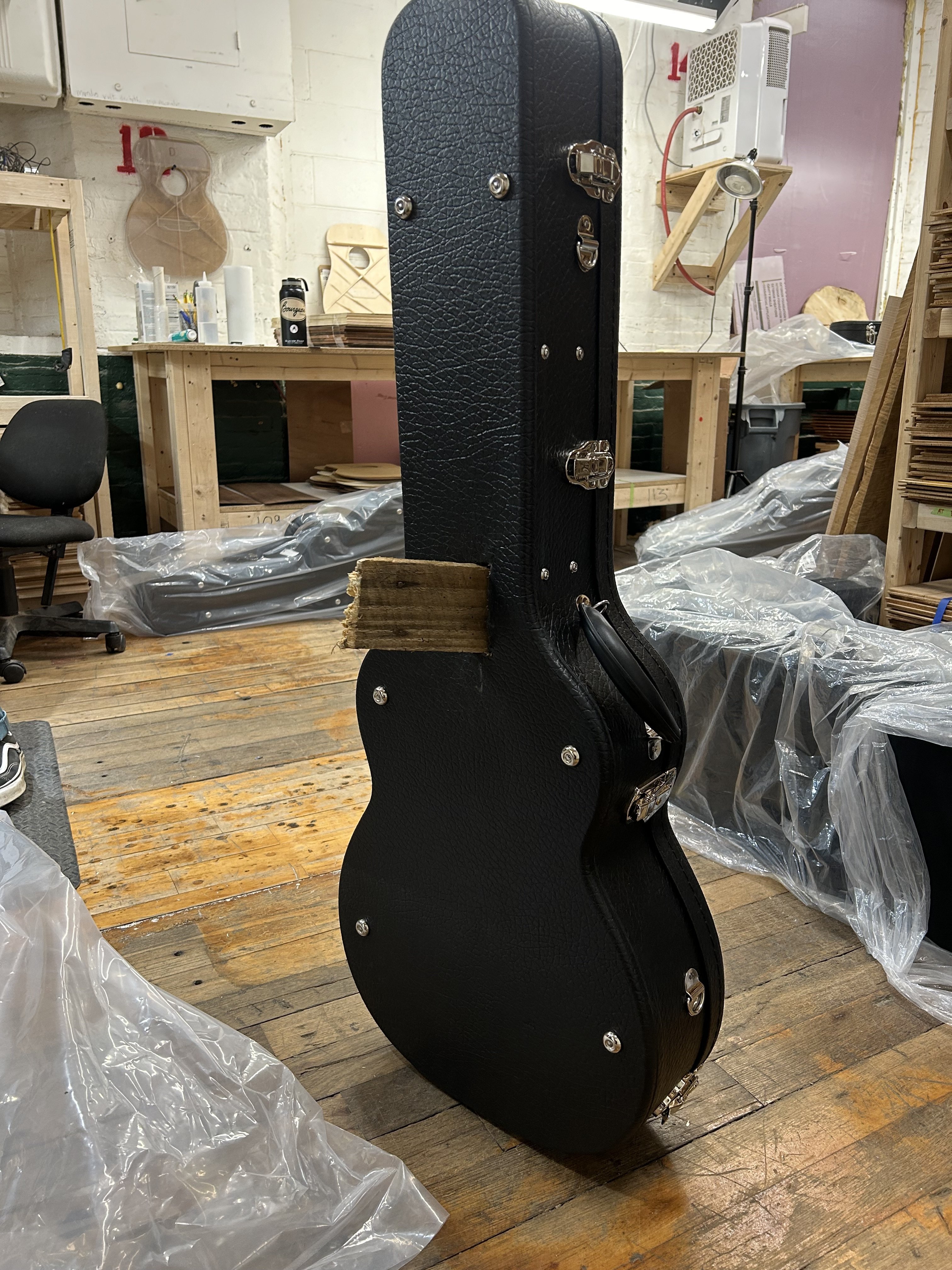
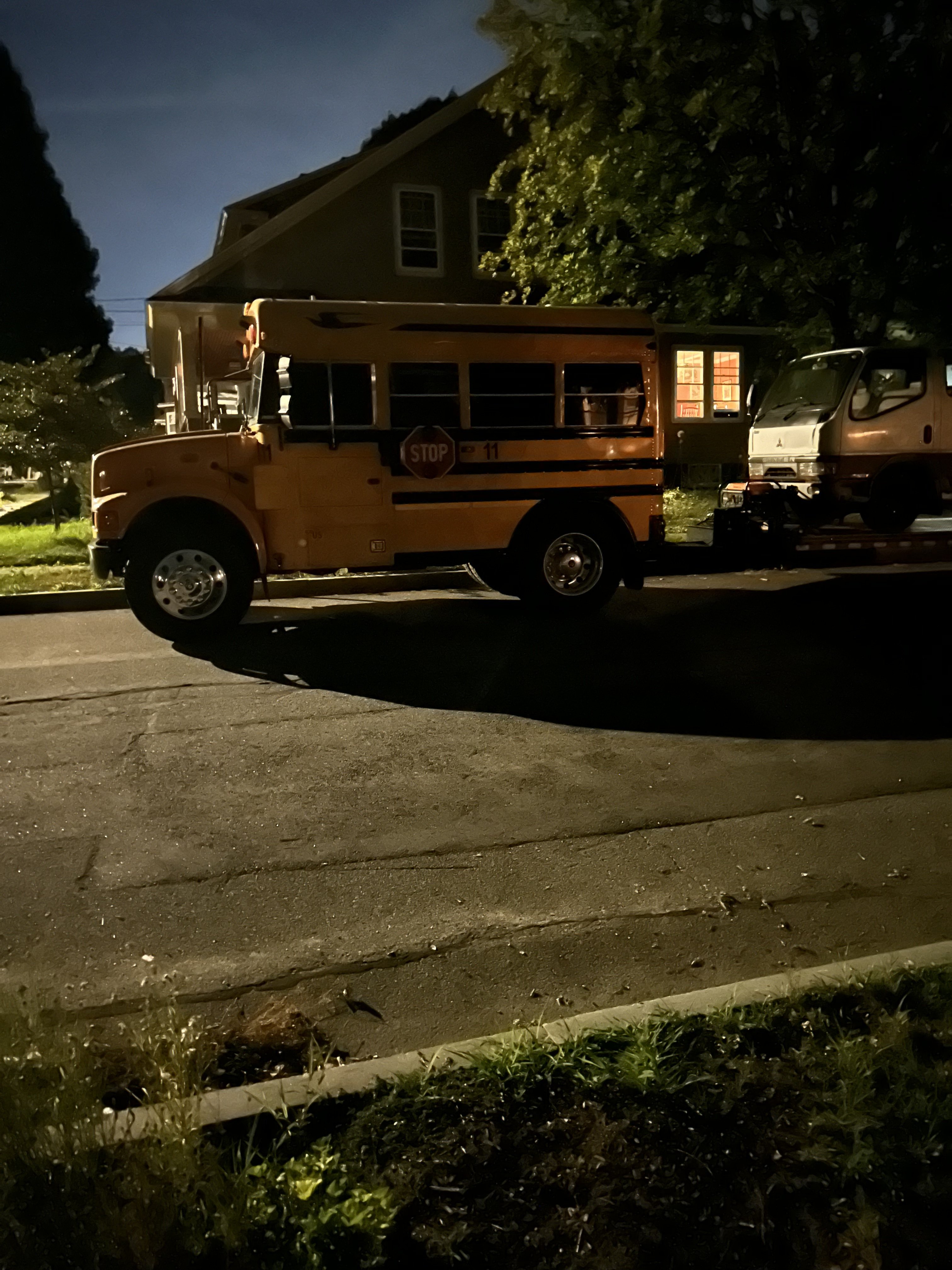

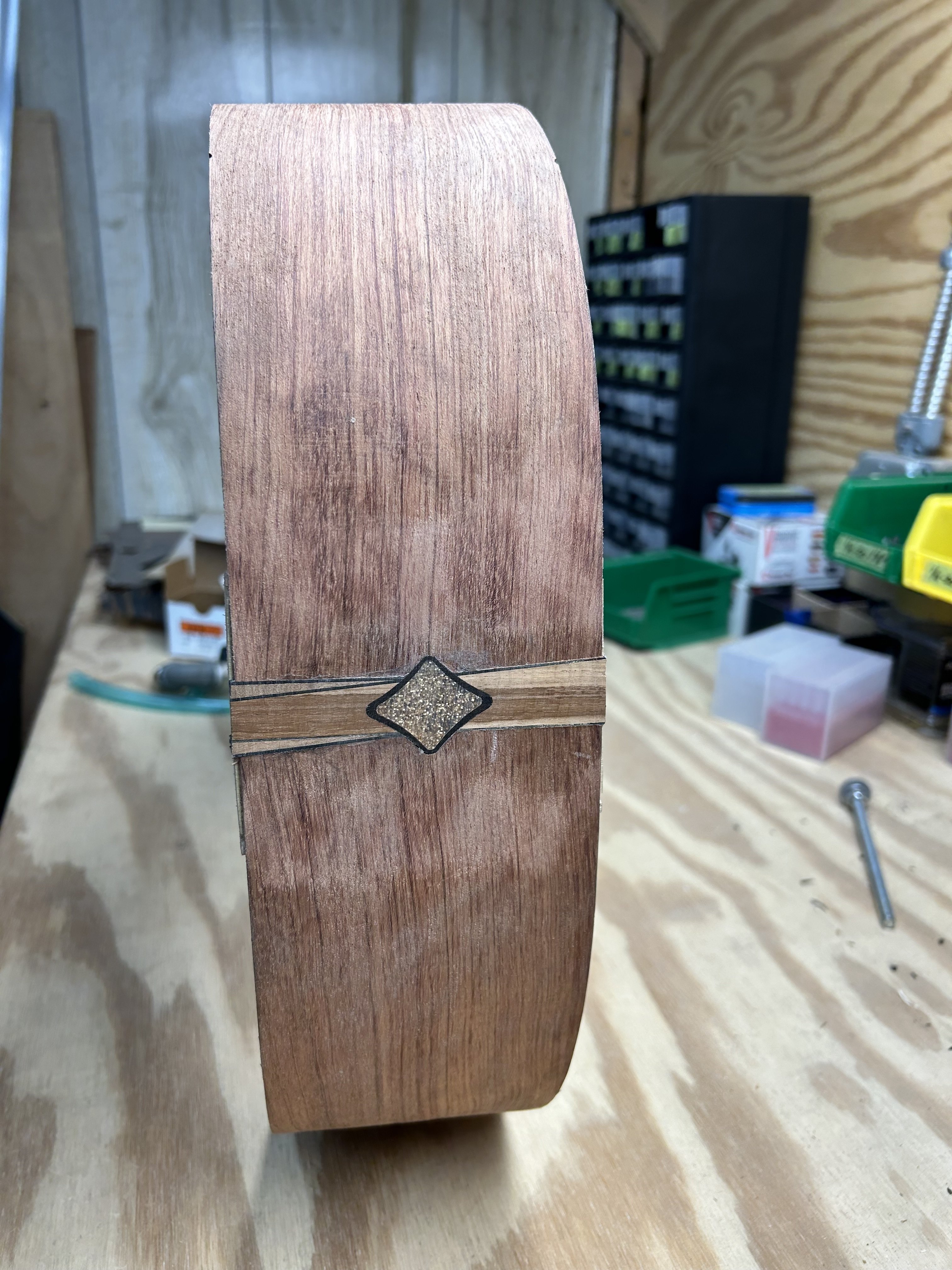

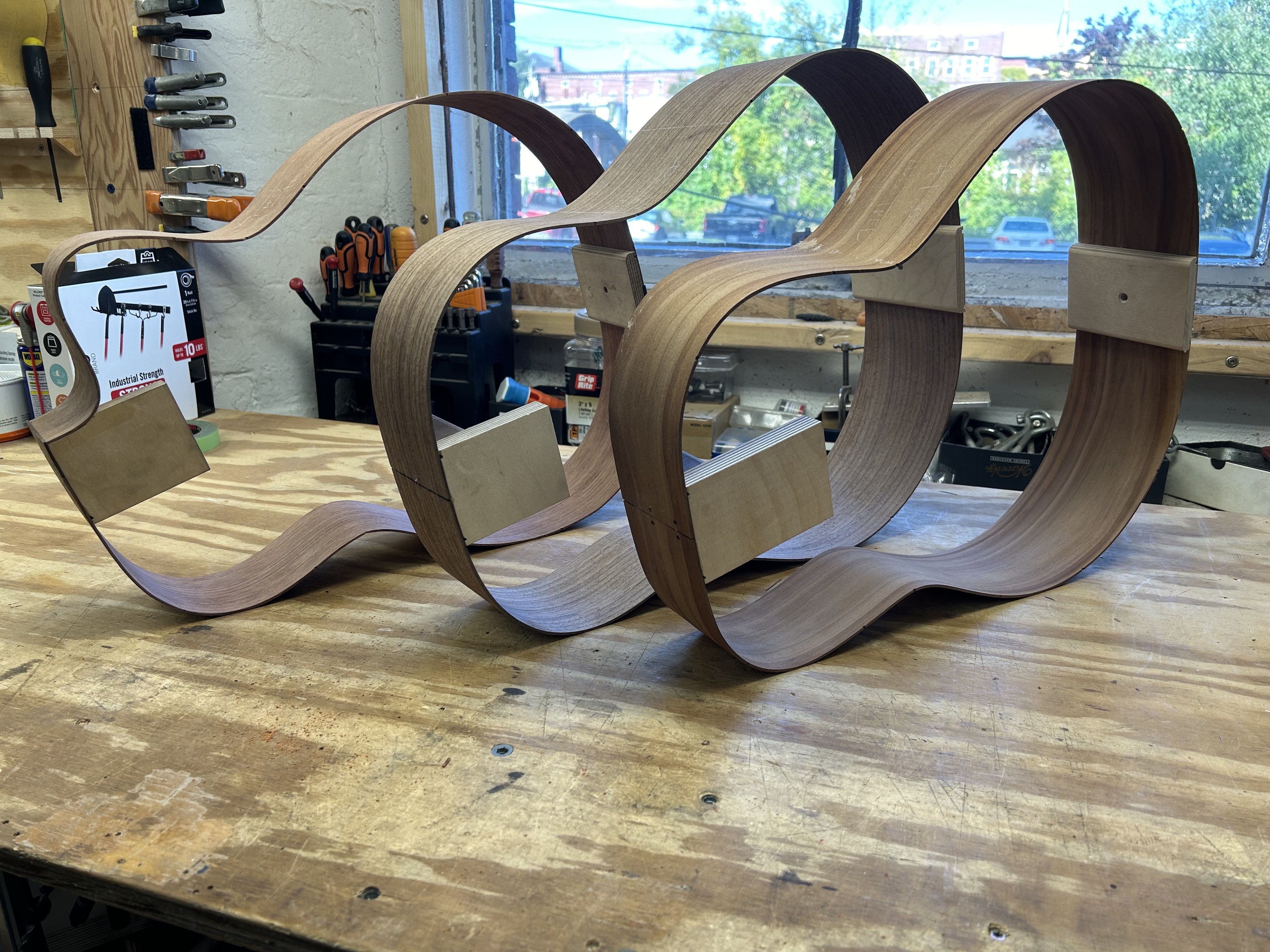
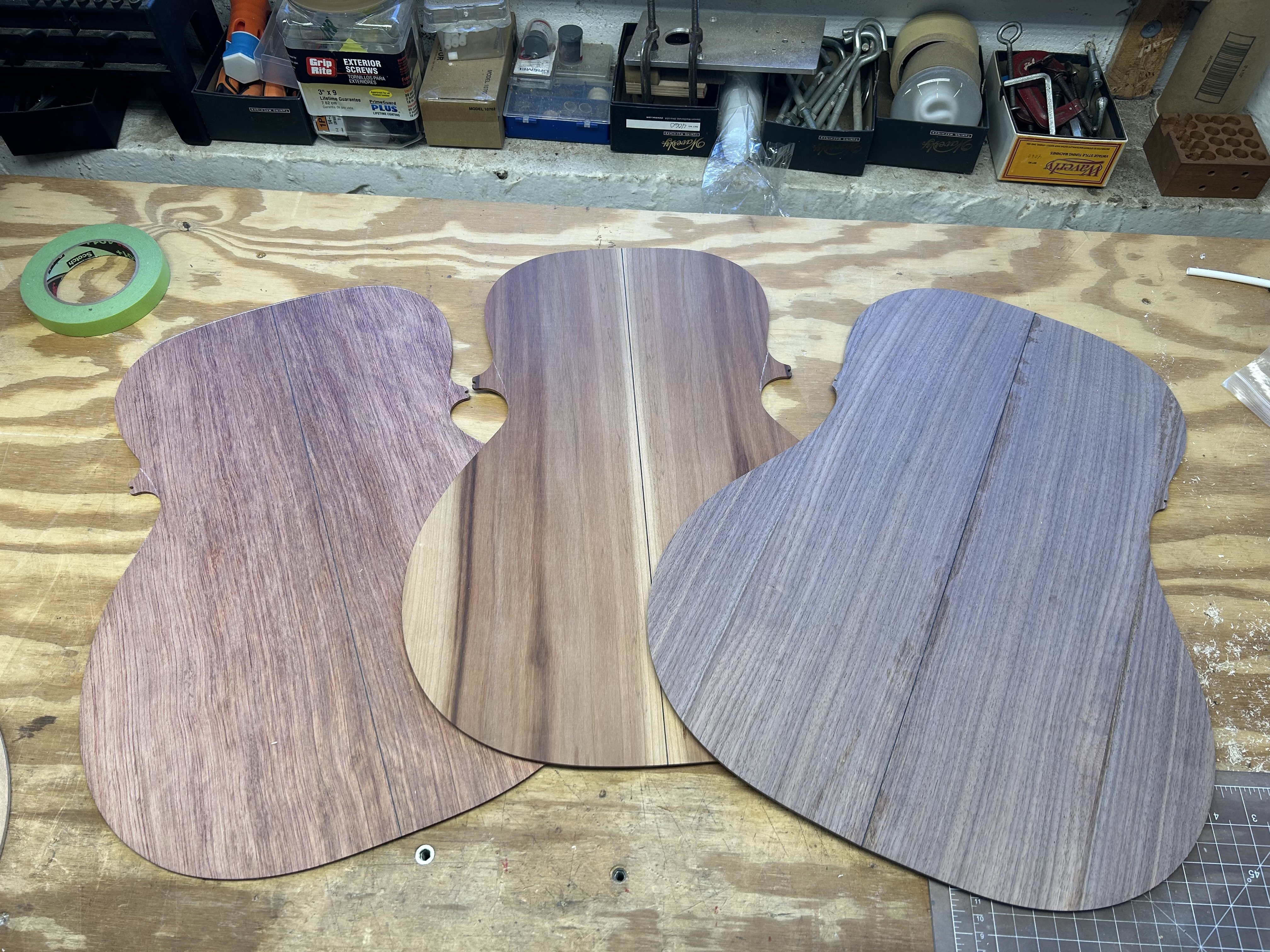
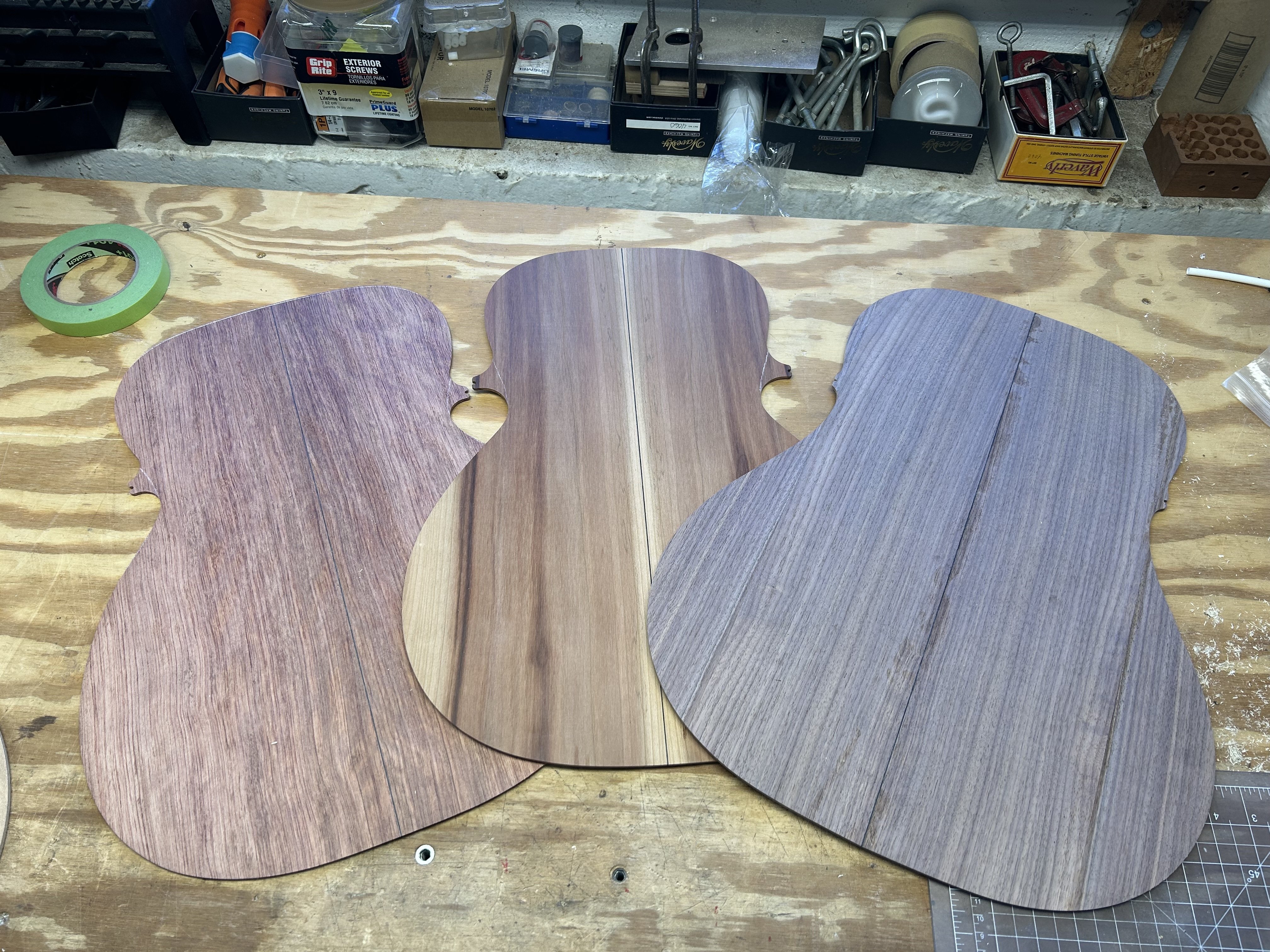
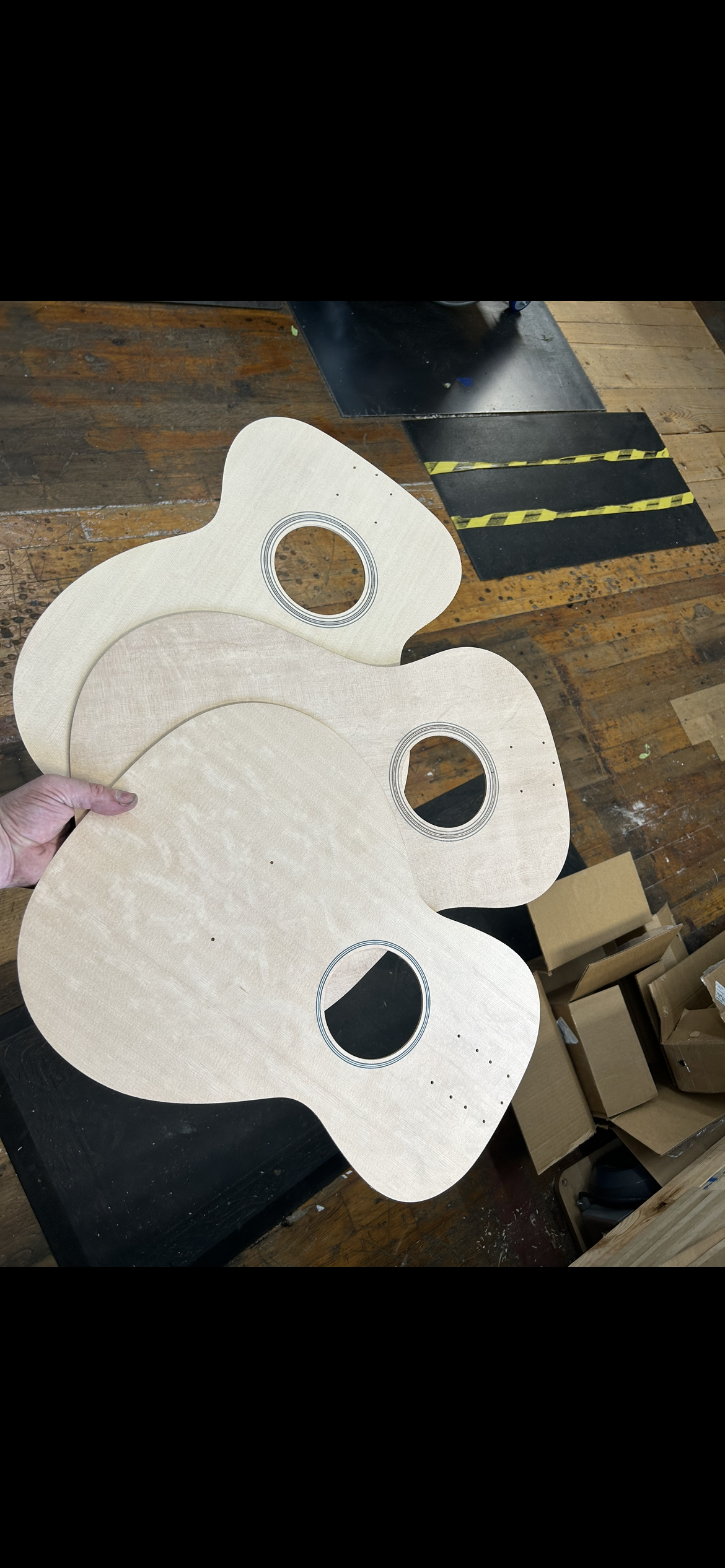
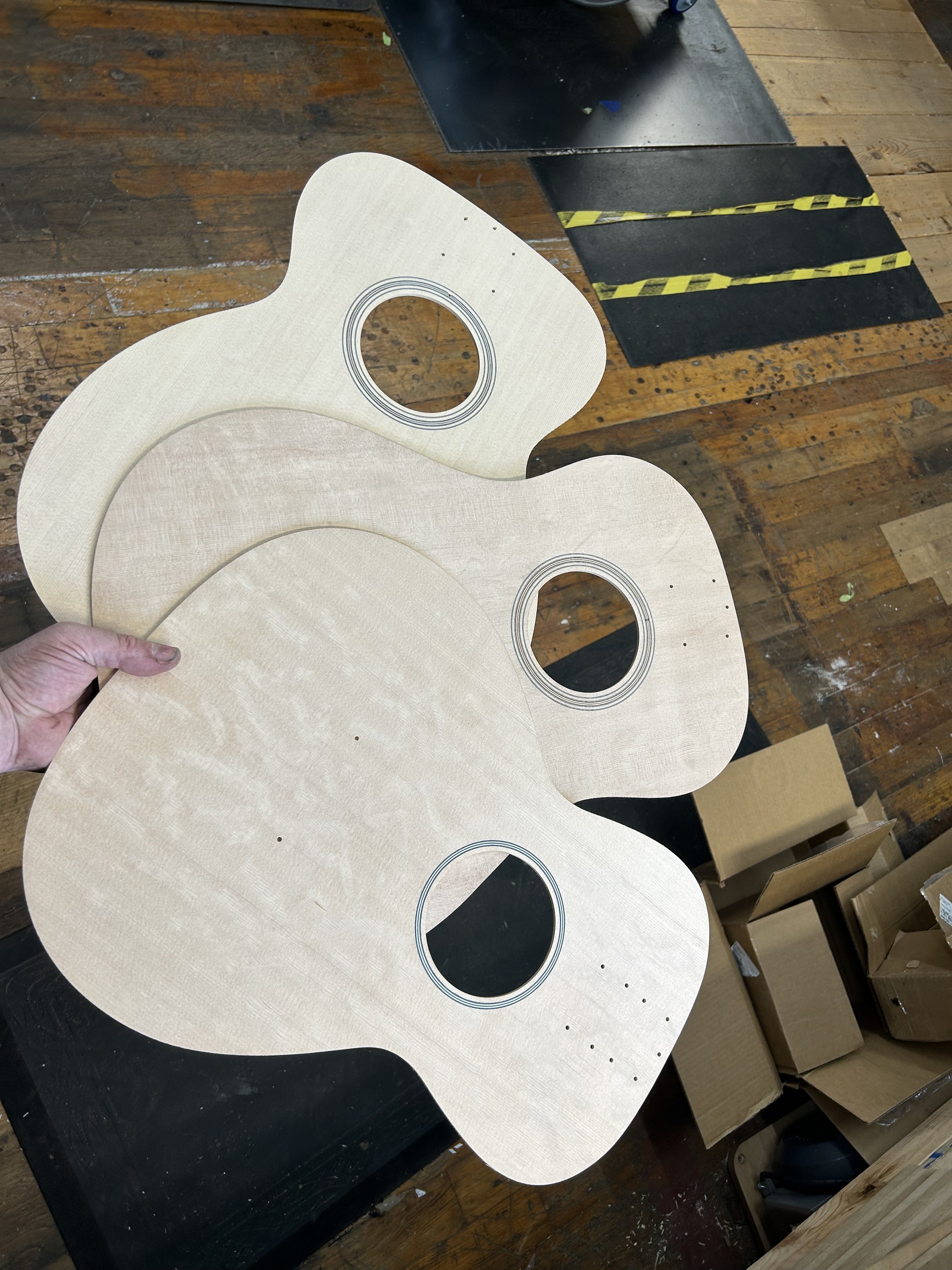
I know that it starts with “R”
and I know that it ends with “t”
the middle is a mystery.